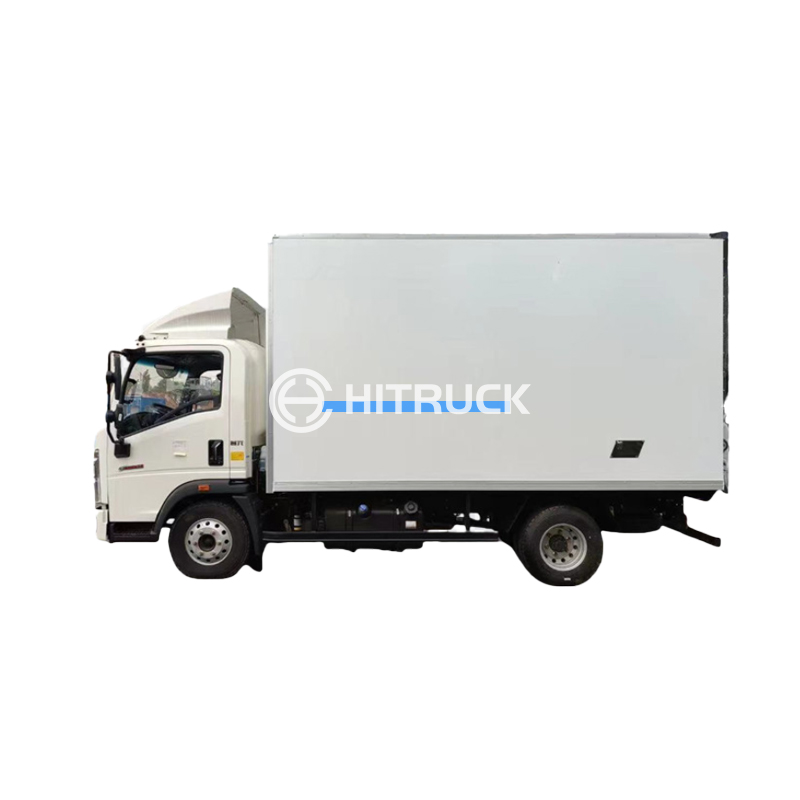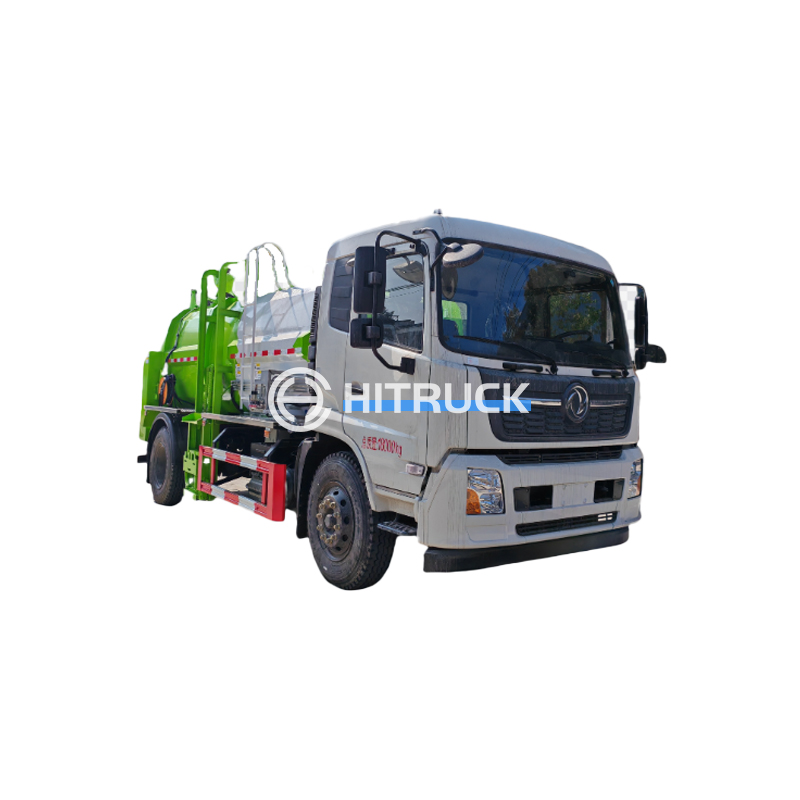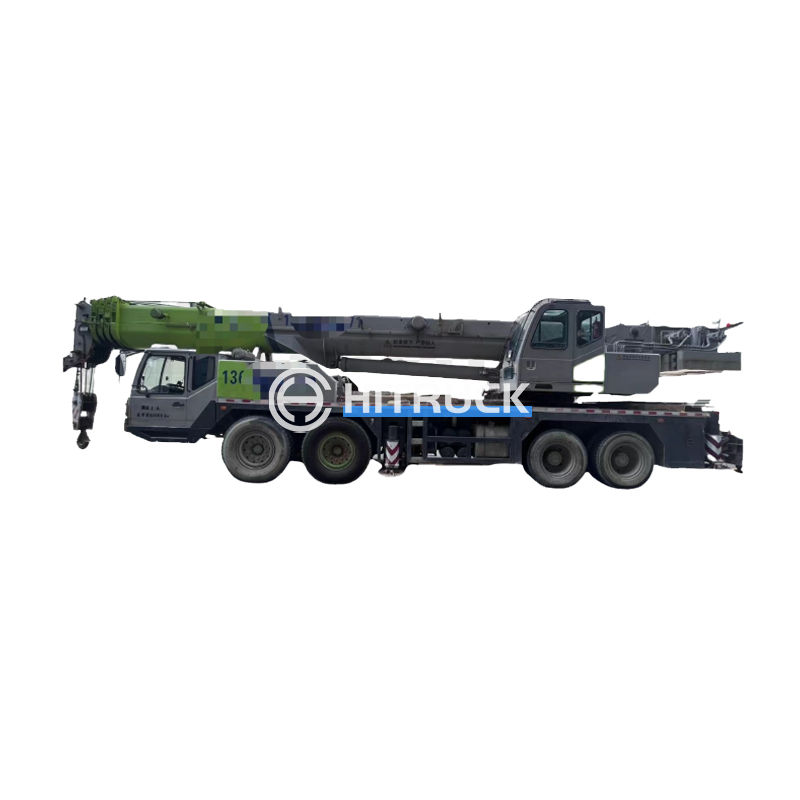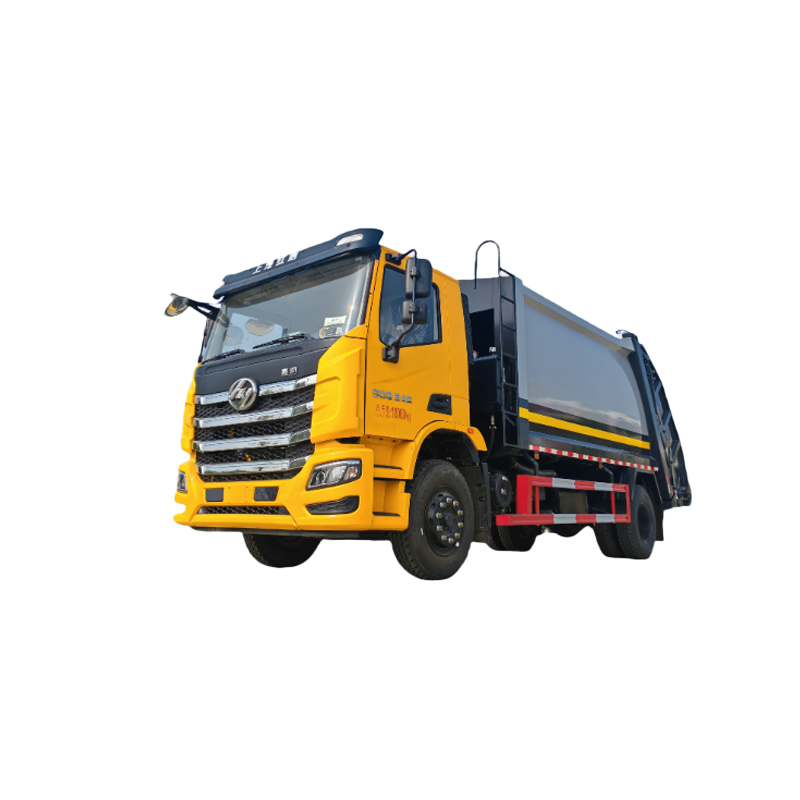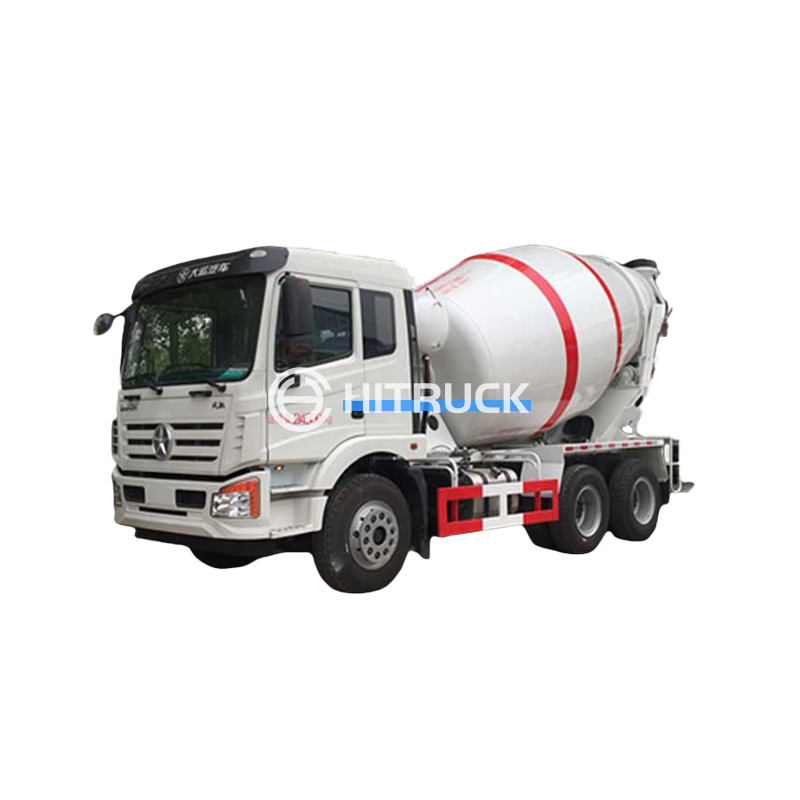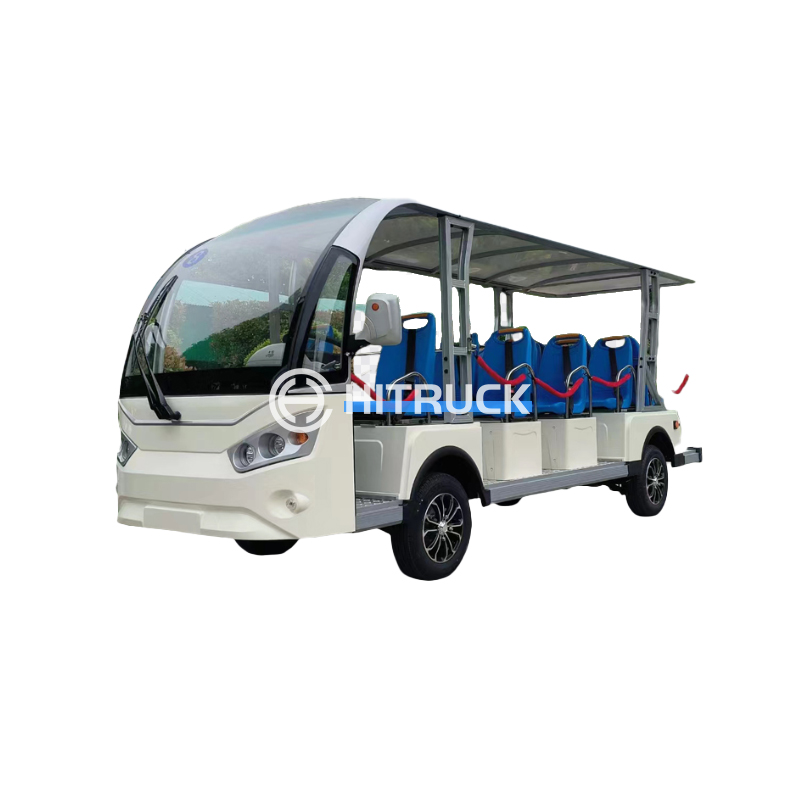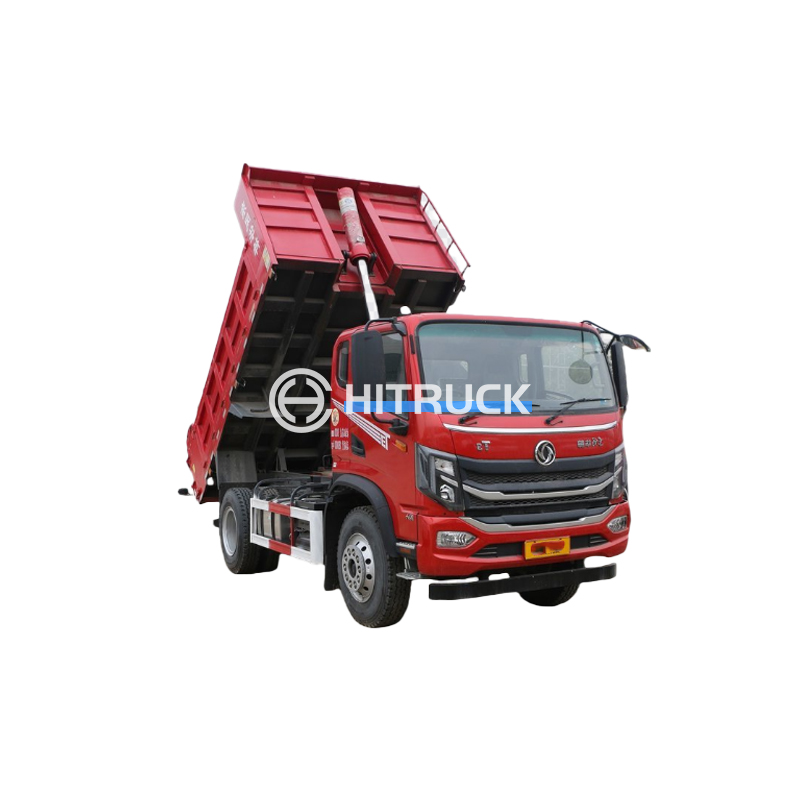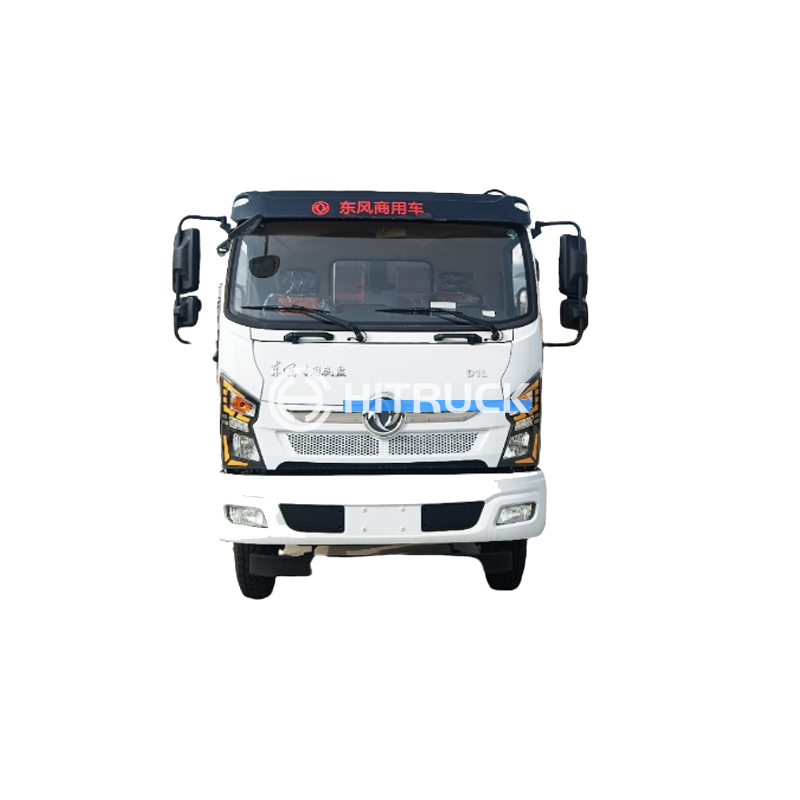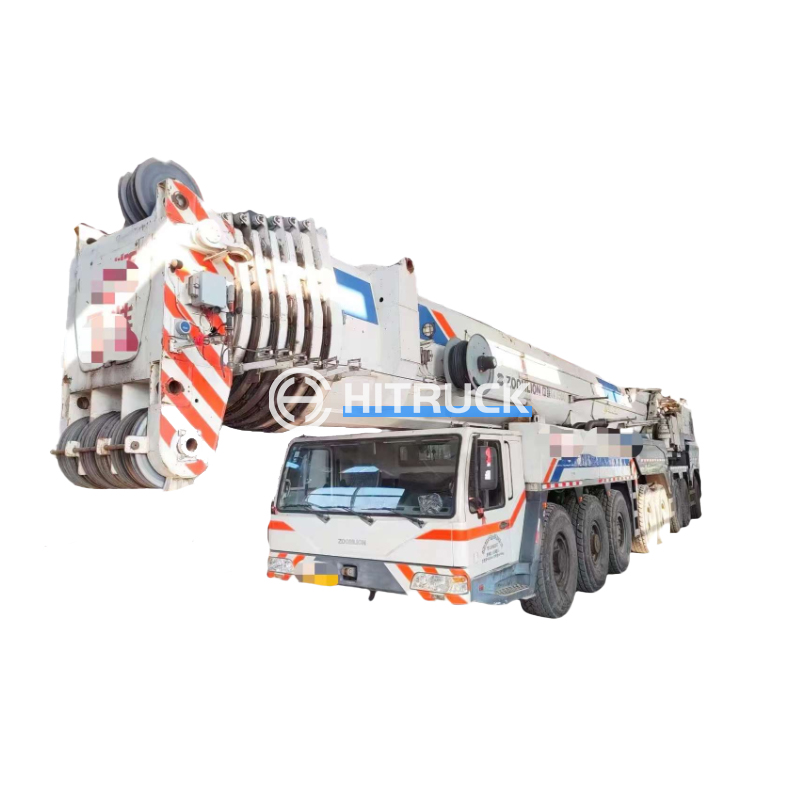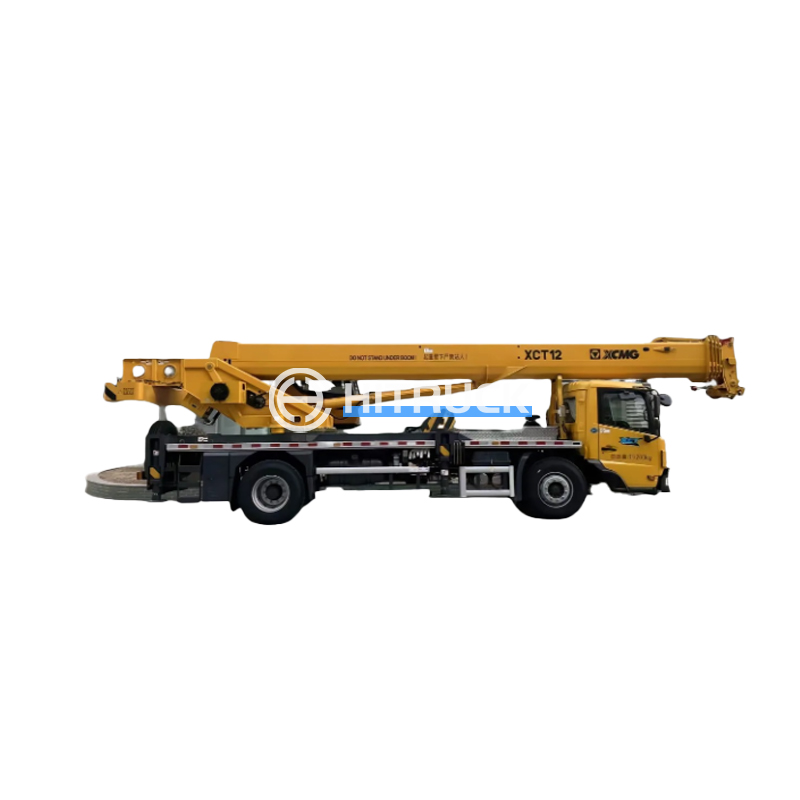This comprehensive guide explores the world of tower cranes, covering their types, functionalities, selection criteria, and safety considerations. Learn how to choose the optimal tower crane for your specific construction project, maximizing efficiency and minimizing risk. We'll delve into key specifications, provide practical examples, and offer insights to help you make informed decisions.
Top-slewing tower cranes are characterized by their rotating superstructure, which sits atop a stationary tower. This design offers excellent maneuverability and is suitable for a wide range of construction projects. Their versatility makes them a popular choice for various applications. Their lifting capacity and reach vary greatly depending on the specific model and configuration.
Hammerhead tower cranes, distinguished by their distinctive horizontal jib, are known for their high lifting capacity and reach. These are frequently used on large-scale projects requiring the movement of heavy materials over significant distances. The unique design of the jib allows for precise placement of loads.
Luffing jib tower cranes feature a jib that can be adjusted in length, providing flexibility in adapting to changing project needs. This feature is particularly advantageous in situations with limited space or when precise positioning is crucial. The ability to adjust the jib length minimizes the need for frequent re-positioning of the entire tower crane.
Flat-top tower cranes are known for their compact design and ease of transport. The absence of a large counter jib makes them ideal for projects where space is at a premium. They are often preferred for urban construction projects due to their smaller footprint.
Choosing the right tower crane is crucial for project success. Several key factors must be considered:
The tower crane's lifting capacity should be sufficient to handle the heaviest loads anticipated on the project. Similarly, the reach must accommodate the farthest point where materials need to be placed. Miscalculating these parameters can lead to significant delays and safety risks.
The required height and jib length will depend on the building's height and the layout of the construction site. Careful planning is needed to ensure the tower crane can reach all necessary areas effectively. Insufficient height can severely limit the operational capabilities.
The stability of the ground where the tower crane will be erected is paramount. Proper ground analysis is essential to ensure safe operation. The accessibility of the site for tower crane assembly and transport must also be considered. Difficult access can significantly increase installation costs and time.
Safety is paramount when working with tower cranes. Regular inspections, proper maintenance, and adherence to safety regulations are non-negotiable. This includes operator training and the use of appropriate safety equipment.
Regular maintenance and inspection are critical for ensuring the tower crane's safe and efficient operation. A well-maintained tower crane minimizes the risk of accidents and downtime. Following the manufacturer’s recommendations for maintenance is essential.
Selecting a reputable supplier is crucial. Look for suppliers with a proven track record, a commitment to safety, and a wide range of tower cranes to choose from. Consider factors like after-sales service and support.
For reliable heavy-duty vehicles and equipment, consider exploring options like those offered by Suizhou Haicang Automobile sales Co., LTD. While they may not directly supply tower cranes, their expertise in heavy machinery can provide valuable insights into the logistical considerations of large-scale construction projects involving tower cranes.
This article provides general information and should not substitute professional advice. Always consult with qualified engineers and professionals before making any decisions regarding tower crane selection and use.

